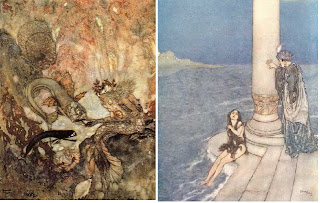I would rate myself on this scale to be a Proficient, as throughout my work I have shown good practice and always manage to deliver a good solution to the brief. The solution is always shown to be of a good standard and I present my work well to a group or assessor. I always consider the target audience through my work and use visuals of other artists/designers work to clearly identify where my inspiration came from. I work through the use of mind maps and sketches to gain interesting ideas. Some examples of my work are shown further below.
I have always been interested in Graphic Design. Typography and looking at different ways to communicate to an audience is my specialty. I believe now that a suitable career for me would be in the advertising industry because I work best through my emotions. Creating a solution through persuasive techniques is something I work well with. For instance, recently, I created a storyboard for a TV advert against domestic violence. The delivered presentation was very well received and I had so many intriguing ideas for it. Of course it being my first year in university this all could change, but at the moment this is what I feel more confident in.
My Sketchbook Examples...
Brief- Design/ update a campaign
using a existing client.
 |
| My Researching (just one of my many pages of good relevant research) |
 |
| Storyboarding one of many ideas. |
 |
| Looking at different ways to use type. In this case looking at re-stylising Women's Aid. |
 |
| Looking into typography digitally, focusing on colour and what works well with what. |
 |
| Then how I presented this particular piece of work. Using the best idea, storboarding it much bigger so it's easy for my audience to see. |
My Favourite Expert
Although I am a graphics student, I have always been inspired by Martin Parr’s work because I love his innovative way of documenting the culture of the UK and abroad. My favourite works of his are his photographs of the British, particularly the seaside resorts of Brighton. He highlights our foibles and defaces us. His work could be seen as offensive, but I believe that is the beauty of his picture taking and there is truth in the images. He also takes on the stereotypes of the countries he visits. I found his blog to be very useful; http://www.martinparr.com/blog/. I find Martin Parr influential because of his satirical approach.
Bibliography






























